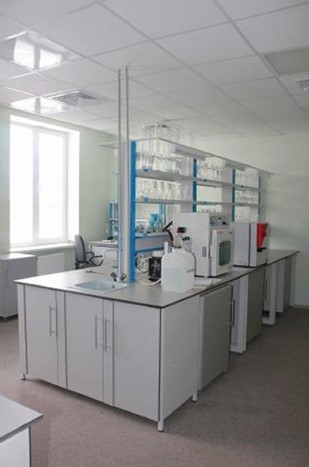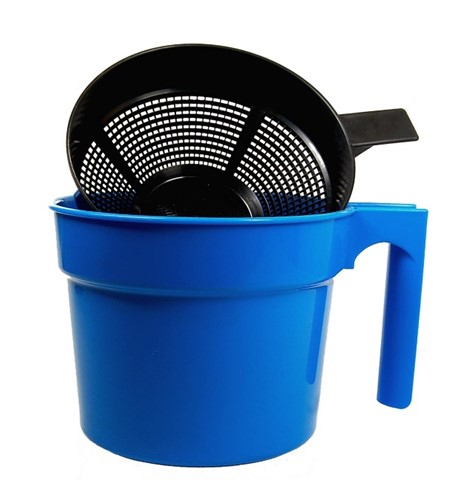The level of self-sufficiency in the main types of agricultural products in Belarus annually exceeds 100%

November 18, MINSK . In Belarus, the level of self-sufficiency in the main types of agricultural products annually exceeds 100%. Svetlana Kondratenko, Deputy DIRECTOR for Research at the Institute of System Research in the Agro-Industrial Complex of the National Academy of Sciences of Belarus, told a BELTA correspondent about this.
As she emphasized, the ensured food security of Belarus is the result of a strategy chosen by the republic more than 20 years ago and successfully implemented, which is based on its own agro-industrial complex and a balanced socio-economic policy aimed at improving the standard of living and quality of nutrition of the population."In Belarus, the level of self-sufficiency in the main types of agricultural products annually exceeds 100%, in particular in MEAT - 133%, MILK - 267%, eggs - 126%. The high level of our own production gives us the opportunity not to depend on fluctuations in the global food market, and to stably provide the domestic market meets full demand, as well as EXPORT products with high added value. After all, today in the world there is the fiercest competition for access to high-quality agricultural raw materials," the deputy director noted.
According to her, the advantages of Belarusian agriculture are obvious in the EAEU market . Thus, at the end of 2022, our country produced 943 kg of grain per capita, 132 kg of livestock and poultry for slaughter, 853 kg of milk, 310 kg of vegetables, 418 kg of potatoes, 458 kg of SUGAR beets, 458 kg of eggs. 375 pcs.
“Producing grain of all types in the republic at the level of 9.5-10 million tons is the most important task. This level of domestic production is fully justified, it takes into account the capacity of the consumer market, the growing need for livestock farming and the export potential of the agro-industrial complex. The current strategy for the development of the agro-industrial complex and ensuring the national food supply security provides for sustainable growth in the production of main types of agricultural products,” explained Svetlana Kondratenko.
Read together with it:
- О самых распространенных причинах пожаров рассказали в МЧС2 октября, Минск. О самых распространенных причинах пожаров рассказал начальник главного управления надзора и профилактики МЧС Дмитрий Турчин на "Предупреждение чрезвычайных ситуаций в осенне-зимний период. Профилактика пожаров и гибели людей от них", которая прошла в БЕЛТА. "В республике наблюдается рост количества пожаров на 7,7%, и на 1......
- В Бресте нетрезвая женщина попала под машинуФото УВД Брестского облисполкома 1 октября, Минск. В Бресте пешеход попала под машину, установлено, что женщина была нетрезвой. Об этом БЕЛТА сообщили в УВД Брестского облисполкома. "По предварительной информации, 30 сентября около 19.35 в Бресте 59-летний водитель автомобиля Volkswagen, выезжая с дворовой территории на ул.Полевой, при повороте налево совершил наезд на 63-летнюю местную жительницу...
- Калининградская область заинтересована в обмене опытом с Беларусью в мелиорации и закупке техники1 октября, Минск. Калининградская область заинтересована в обмене опытом в мелиорации и закупке белорусской техники. Об этом заявил губернатор Калининградской области Алексей Беспрозванных на 20-м заседании Белорусско-Российского совета по долгосрочному сотрудничеству областей, министерств, органов государственного управления Беларуси с Калининградской областью России, которое прошло в Совете Мини...
- Belarusian exports of dry milk products to Myanmar quadrupled in the first half of the year.Photo by the Ministry of Agriculture and Food, September 30, MINSK . The first meeting of the Belarusian-Myanmar Joint Working Group on Cooperation in Agriculture and Food was held at the Belarusian Ministry of Agriculture and Food, the ministry told BelTA. The meeting was attended by Deputy Minister Ivan Smilgin, heads of the Ministry's departments, Ambassador Extraordinary and Plenipotentiary of...
- A drunk mechanic hit a Gomel resident with his own car. The Investigative Committee has revealed details of the case.Investigative Committee photo, September 30, MINSK . The Investigative Committee's Investigative Department for the Gomel Region has established the circumstances of the injury of a 64-year-old Gomel resident on the premises of a garage and construction consumer cooperative. This was reported to BelTA by the Investigative Committee. According to the investigation, in July, the man contacted a home...
- В ОАО "Святая Воля" в Ивацевичском районе за полгода выручка на каждого работника составила Br98 тыс.Владимир Любушак 26 сентября, Минск. ОАО "Святая Воля" - динамично развивающееся предприятие Ивацевичского района с выручкой от реализации на каждого работника Br98 тыс. Это результат первой половины 2025 года, сообщил в интервью журналу "Экономика Беларуси" директор акционерного общества Владимир Любушак.Угодья хозяйства раскинулись на более чем 1......
- She stabbed her partner in the back. The Investigative Committee has revealed details of the criminal case in Novopolotsk.September 26, MINSK . The Novopolotsk city department of the Investigative Committee has established the circumstances of the intentional infliction of grievous bodily harm, the Investigative Committee told BELTA. In July, the couple had been drinking.A man was drinking ALCOHOL at home in Novopolotsk. A dispute ensued, and the 48-year-old man grabbed his girlfriend by the neck and pushed her away....


























































